Primordialbitch

More Posts from Primordialbitch and Others
10 Amazing Space Discoveries by the World’s Largest Flying Observatory

On the night of May 26, 2010, the Stratospheric Observatory for Infrared Astronomy, or SOFIA, the world’s largest flying observatory, first peered into the cosmos. Its mission: to study celestial objects and astronomical phenomena with infrared light. Many objects in space emit almost all their energy at infrared wavelengths. Often, they are invisible when observed in ordinary, visible light. Over the last decade, the aircraft’s 106-inch telescope has been used to study black holes, planets, galaxies, star-forming nebulas and more! The observations have led to major breakthroughs in astronomy, revolutionizing our understanding of the solar system and beyond. To celebrate its 10 years of exploration, here’s a look at the top 10 discoveries made by our telescope on a plane:
The Universe’s First Type of Molecule

Scientists believe that around 100,000 years after the big bang, helium and hydrogen combined to make a molecule called helium hydride. Its recent discovery confirms a key part of our basic understanding of the early universe.
A New View of the Milky Way

More than a pretty picture, this panorama of cosmic scale reveals details that can help explain how massive stars are born and what’s feeding our Milky Way galaxy’s supermassive black hole.
When Planets Collide

A double-star system that is more than 300 light-years away likely had an extreme collision between two of its rocky planets. A similar event in our own solar system may have formed our Moon.
How A Black Hole Feasts
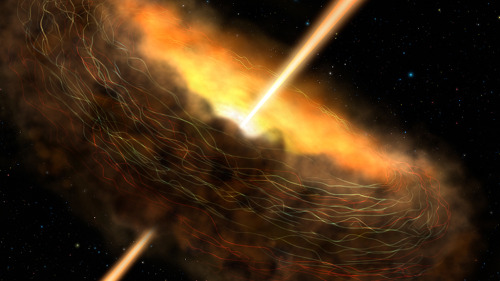
Fear not, the dark, my friend. And let the feast begin! Magnetic fields in the Cygnus A galaxy are trapping material where it is close enough to be devoured by a hungry black hole.
Somewhere Like Home

The planetary system around Epsilon Eridani, a star located about 10 light-years away, has an architecture remarkably similar to our solar system. What’s more, its central star is a younger, fainter version of our Sun.
A Quiet Place

Black holes in many galaxies are actively consuming material, but our Milky Way galaxy’s central black hole is relatively quiet. Observations show magnetic fields may be directing material around, not into, the belly of the beast.
The Great Escape

Ever wonder how material leaves a galaxy? The wind flowing from the center of the Cigar Galaxy is so strong it’s pulling a magnetic field — and the mass of 50 to 60 million Suns — with it.
Exploding Star, New Worlds

What happens when a star goes boom? It turns out that supernova explosions can produce a substantial amount of material from which planets like Earth can form.
Stellar Sibling Rivalry

They say siblings need time and space to grow, but here’s one that really needs some room. A newborn star in the Orion Nebula is clearing a bubble of space around it, preventing any new luminous family members from forming nearby.
Clues to Life’s Building Blocks

Radiation from stars is making organic molecules in nebula NGC 7023, also known as the Iris Nebula, larger and more complex. The growth of these molecules is one of the steps that could lead to the emergence of life under the right circumstances.
SOFIA is a modified Boeing 747SP aircraft that allows astronomers to study the solar system and beyond in ways that are not possible with ground-based telescopes. Find out more about the mission at www.nasa.gov/SOFIA.
Make sure to follow us on Tumblr for your regular dose of space: http://nasa.tumblr.com

Here’s one good thing to come out of 2020:
Paleontologists completed a life-sized replica of Sue, the most complete T. Rex ever found.

And she is freaking GORGEOUS!
As I read more about this beauty, I found out some new details regarding things I thought I previously knew about the beast that was Tyrannosaurus Rex, and I’m going to share them with you.
First, and most obvious, her size:

This is nothing new, we all figured T. Rex was big, but I for one never stopped to consider exactly how big it was. Nobody ever really knows what to imagine when they read about something the size of a whale that walked around and ate everything it could kill.
Speaking of eating things, I just want to remind you all that T. Rex had–by miles–the strongest bite of any terrestrial animal living or dead, somewhere around six and a half tons of force. That’s over six times greater than the current estimate of what Allosaurus was capable of, and three times what was delivered by the highest measured reading of the living title holder–the estuarine crocodile. It didn’t have to waste time swinging its head open-mouthed like Saurophaganax for a little extra oomph, or grow fancy serrated teeth like Carcharodontosaurus to cut pieces out of its prey. It opted for the simplest approach: get its mouth around something and crush it to death; imagine the full weight of an elephant on whatever was between this thing’s jaws.
“How did it find something to eat?” I hear you asking. “It can’t see something if it doesn’t move, right?”
Listen, I love Jurassic Park too, but that’s a big crock of shit.

Notice how both her eyes face forward. That gives her binocular vision (the ability to focus both eyes on one target, like you and I). More importantly it means she has impeccable depth perception due to overlapping fields of vision from each, large, eyeball. Researchers agree that T. Rex not only had incredible vision, but that it was probably better than most modern animals–including eagles, hawks, and owls–and that she could likely spot something three and a half miles away. If something that big can see that well, it doesn’t matter if you move or not, she’d be able to tell if it was an animal trying to hide or a piece of vegetation. So pray she isn’t hungry if she lays eyes on you. And even if by some miracle she didn’t see you, she’d still smell you.
If she decided you looked tasty, you probably wouldn’t hear her coming as much as you’d feel her. Modern science indicates that T. Rex didn’t roar like in Jurassic Park, but rather bellowed or maybe even hissed like crocodilians. If she were on to you, you’d most likely feel this sense of unease creep up your spine as a low-pitched rumble in the air permeated through you. You wouldn’t know what it was or where it was coming from until you hear her footfalls. By then it’s too late–you could try to run but she’d probably catch you. There’s plenty on YouTube that reconstructs what T. Rex may have sounded like, and it’s legitimately haunting.
To wrap all of this up, the one bit of good that came out of the cursed year that is 2020 is that this wonderful child of science and art came into the world, and reaffirmed my respect and admiration for the eight ton slab of muscle and teeth that is this magnificent creature.
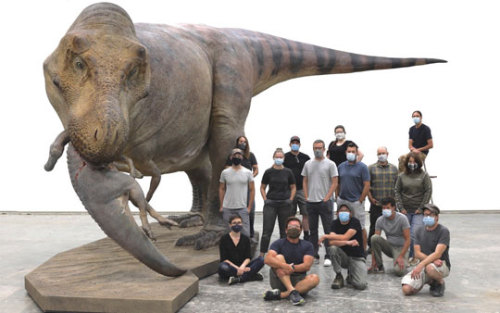
…and it is nothing if not magnificent.
did humans invent math or did we discover it
does math even exist
Neutron Stars Collide
The recent detection of two neutron stars colliding has sent waves through spacetime and the astronomical community.
You may have seen headlines in the news and not really know why this is such a big deal.
Here’s the Sparknotes version:
A while back a thing called “gravitational waves” were observed for the first time. These are fluctuations in the fabric of spacetime that propagate out from their source just like light, i.e. radially/like a pebble dropped in water. General relativity shows us that the acceleration of objects with mass cause this event to occur.
Until fairly recently these have been too difficult to observe and in fact Einstein didn’t think we’d ever be able to. A series of laser interferometers have disproved that assumption. Using high-precision analysis of how the lasers shift as a gravitational wave moves through them scientists can now see the small movements in the universe that are gravitational waves.
Importantly, we now have three such observatories capable of working together. Known as the “LIGO-Virgo” team, two observatories in the U.S. and one in Italy detected these shifting in spacetime. Three is a pretty magical number in coordinating detections like this because you can then triangulate where the signal comes from and…
BINGO! Within hours optical observatories were zeroing in on the predicted source of these spacetime fluctuations. Indeed, they confirmed the presence of a previously unseen glow:

What you’re looking at is the glow of two neutron stars colliding into each other. This explosion has the energy of approximately 260,000,000 suns.
Each of these stars has such a large mass that the waves in spacetime are actually detectable from a distance of 140 million light-years away.
Impressive, right? Although you might agree, this still begs the question of what exactly we’ve learned from this event. Well - a lot. Since this is the first observation we have made with both gravitational wave observatories and more traditional astronomical observatories (i.e. light detecting ones) we’ve been able to put some numbers on the phenomenon. Here are some of the things we’ve learned:
1) Gravitational waves propagate at the speed of light!
2) A huge portion of heavier elements (like gold and uranium!) may have their origins in neutron star collisions! Nuclear synthesis in stars more typical like the sun is restricted to closer to 10% of the star’s mass being able to fuse elements together into new ones. This process is actually quite inefficient (actually, YOU are a more efficient radiator than the sun!) and it becomes more difficult for a star to fuse the heavier elements. Before this event we didn’t have a good way of explaining why we found so much more heavy stuff than stellar nuclear synthesis could account for. Now? Baboom! This neutron star collision resulted in the synthesis of so much gold that it’s about 150 times more massive than the Earth! Cha-Ching!
So if you’re an amateur (or professional, I suppose) astronomer and you want to see this collision, now dubbed GW170817, and you build a little radio telescope (another post!), you’ll be able to detect this collision for the next 5-10 years due to the afterglow.
(Image credit: NASA and ESA)
planetarium presenters trying to explain to a busload of 4th graders how incomprehensibly vast space is

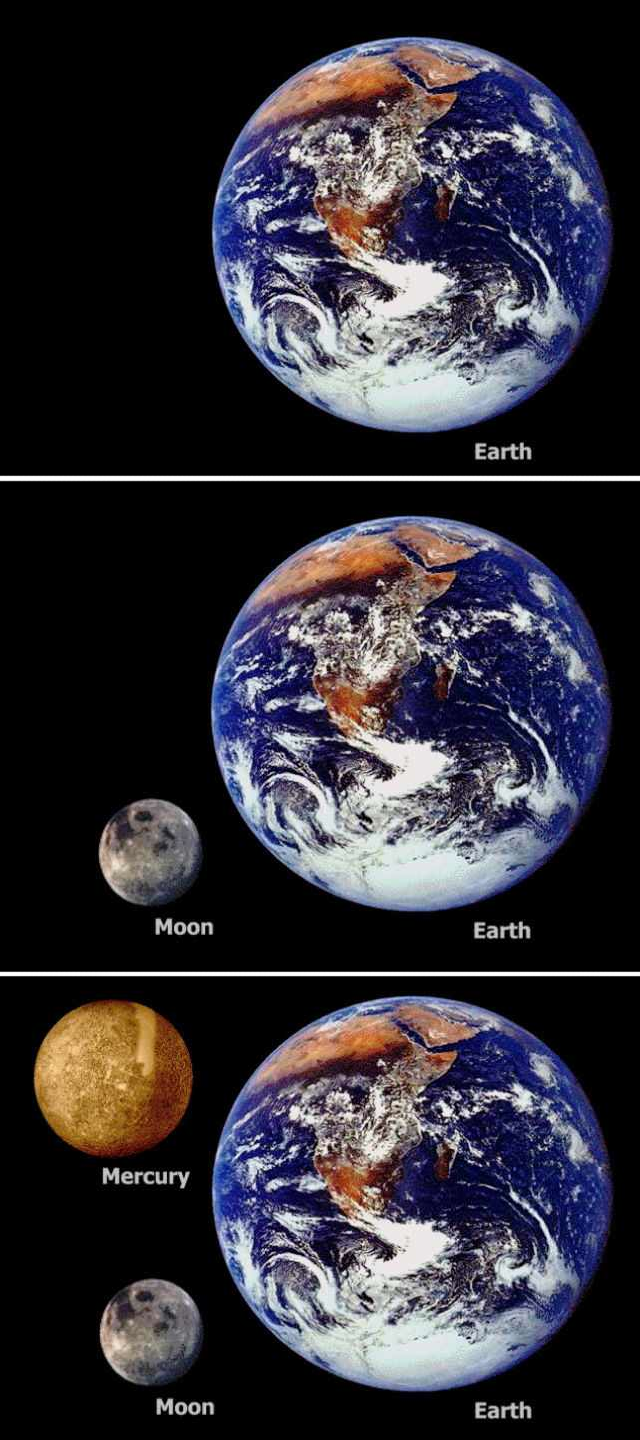
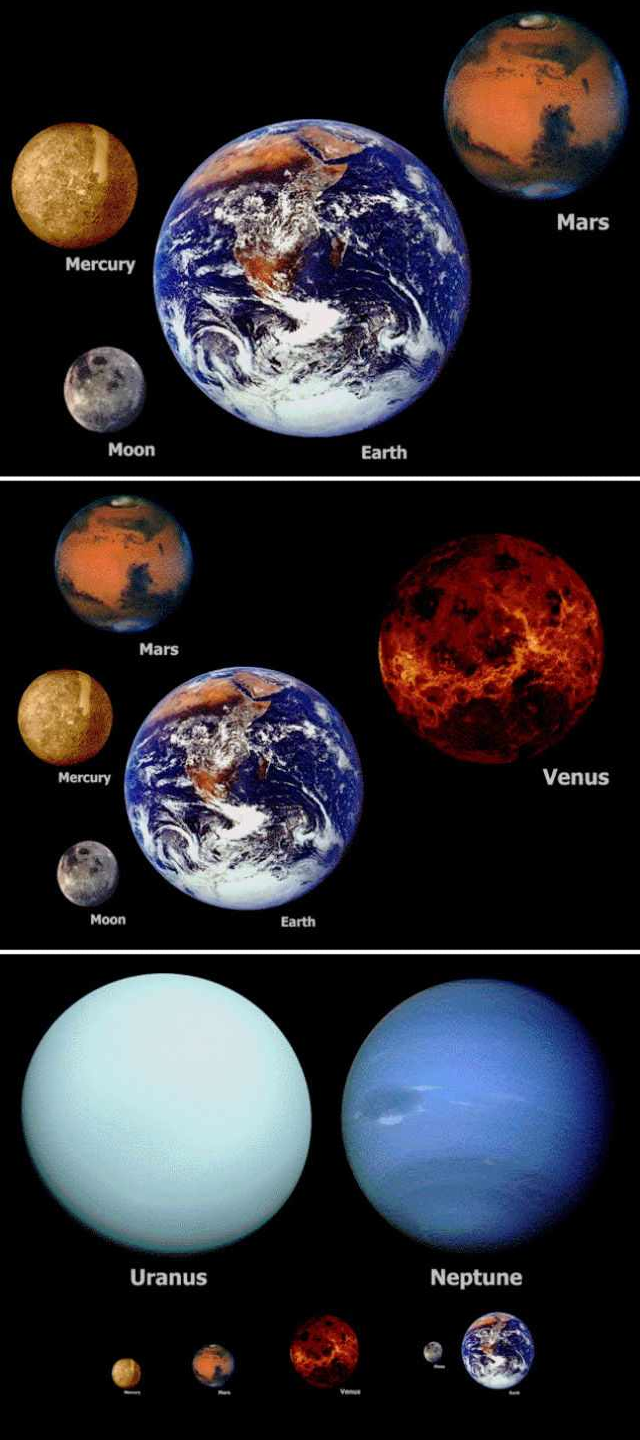
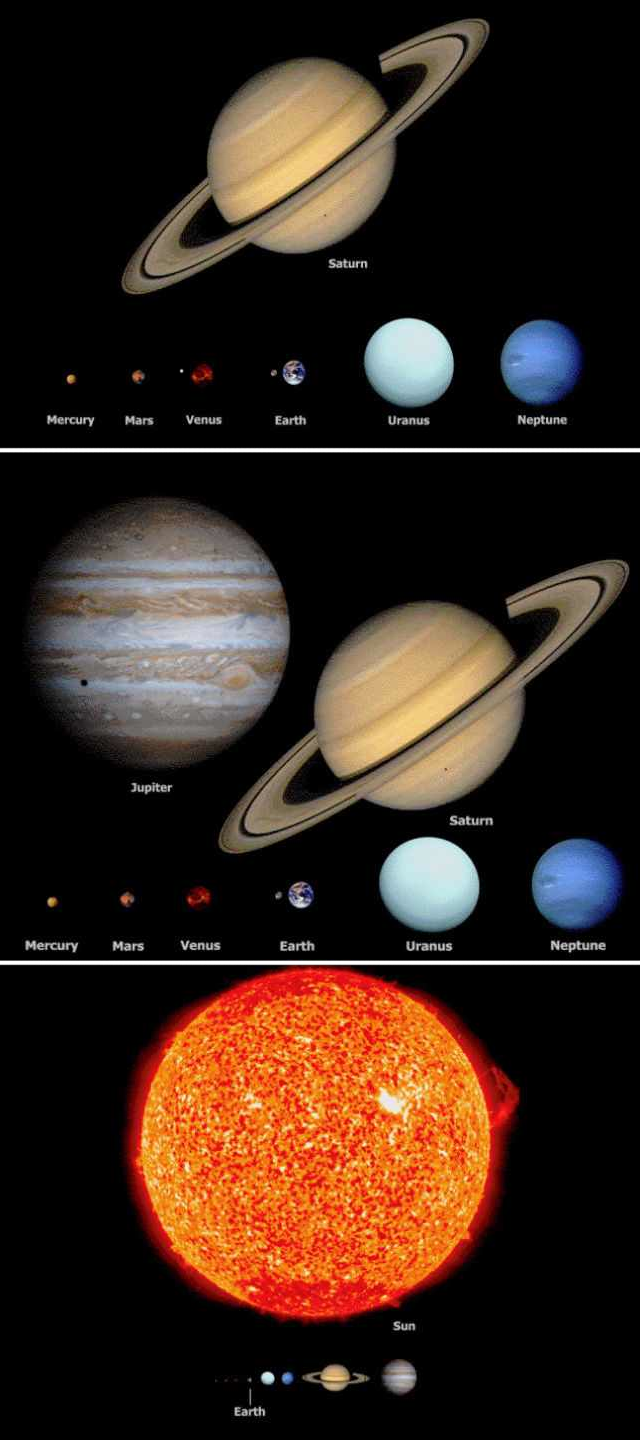
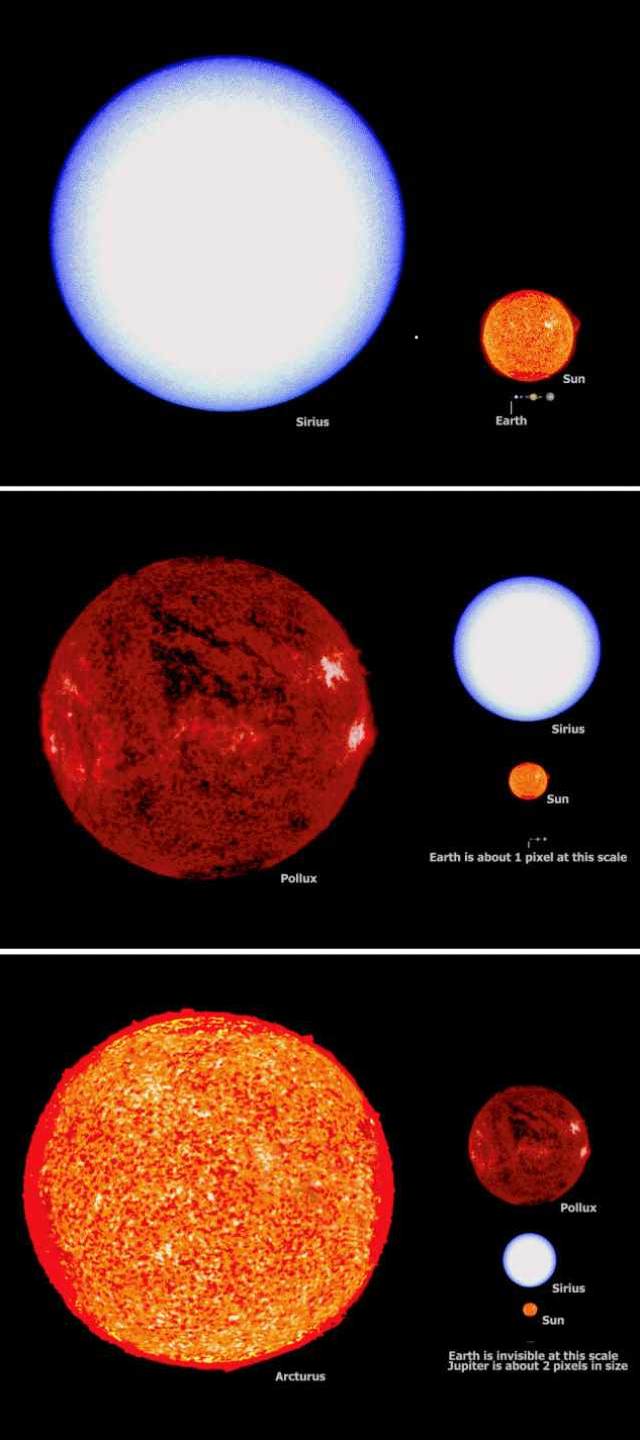



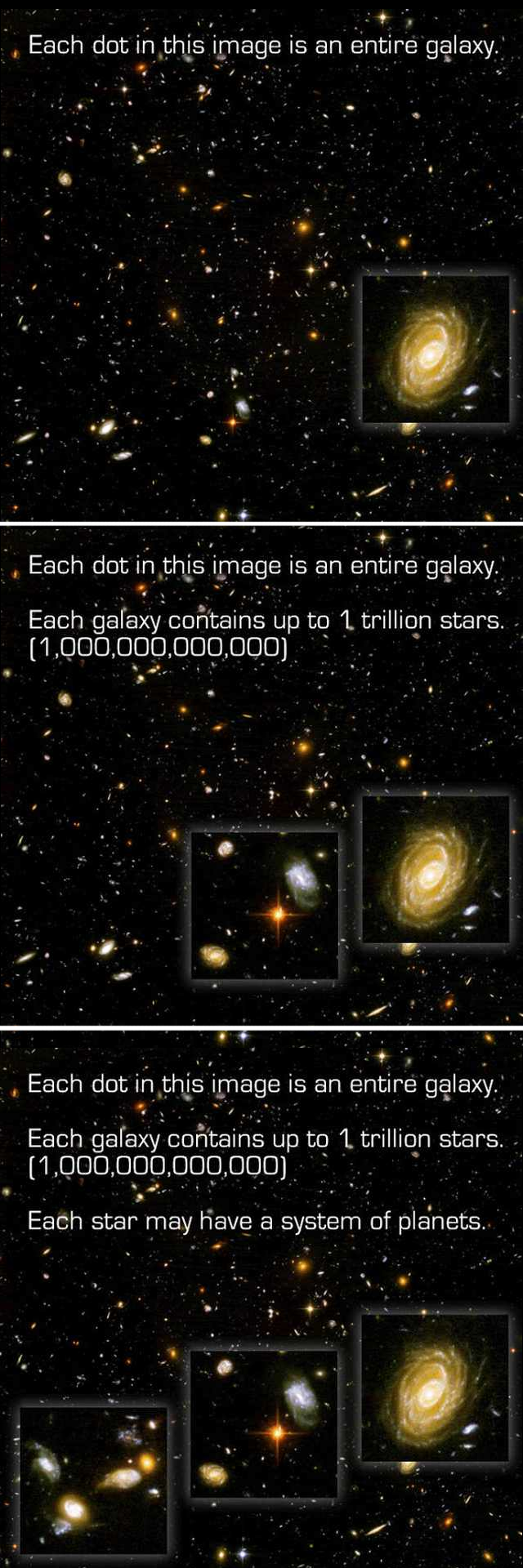

How do blackholes form and how do they move ?
in mesopotamia there were no 'cover letters' or 'curriculum vitaes'. there were just, pots.
Your fave is problematic: Neutron Stars
Neutron stars are probably one of the weirdest type of objects to exist in the universe… but first let me explain what a neutron star is
when a star with the mass of 8-20 times of the sun dies (and by dies I mean fucking explodes), the core collapses to form a neutron star
they are incredibly dense, spin rapidly and have very strong magnetic fields
sounds all fun and games, right? sounds normal? well listen up
So, we know that electrons usually refuse to be squeezed together. but in a death event of a big star, the pressure is so extreme that protons and electrons get violently SMASHED together and form neutrons.
sounds like someone needs to take an anti-agression class if you ask me
Now, what once was a star more massive than the Sun, is condensed to a tiny ball (usually about 10-20km!) of neutrons, with all of the mass in this tiny ball.
To visualize, imagine the mass of the Sun (300 000X the mass of the Earth), in a little 20km sphere, the size of a small city.
To visualize the density of a neutron star, think of the classic model of the atom. if an atom was a sports field 100m across, it would be mostly empty. almost all of the atom’s mass sits in the core, in this example, the core is the size of a marble.
but in a neutron star, this doesn’t apply anymore. in a neutron star, the entire stadium would be filled to the brim with neutrons. ALL. OF. IT.
a single cubic centimetre of Neutronium has the mass of 400 million tons. that’s the total mass of every single car and truck in the US.
the typical gravity of a neutron star is about 100 million times of that of the Earth. clingy as shit
so far, we have detected over 1000 of these weird fucks in our galaxy alone. yikes
some Neutron stars are vampires. They can be in a binary star system where a normal star orbits them and they feed of that material
summary: extremely weird and violent space ball of rage, tiny, filled to the top with anger, sometimes a vampire
-
 artsyeoll liked this · 3 years ago
artsyeoll liked this · 3 years ago -
 elmuertoqueparla reblogged this · 3 years ago
elmuertoqueparla reblogged this · 3 years ago -
 batchewana liked this · 3 years ago
batchewana liked this · 3 years ago -
 arseniothetruth reblogged this · 3 years ago
arseniothetruth reblogged this · 3 years ago -
 lifeisstrangebitch liked this · 3 years ago
lifeisstrangebitch liked this · 3 years ago -
 tsbr liked this · 3 years ago
tsbr liked this · 3 years ago -
 shipwiththesnake liked this · 4 years ago
shipwiththesnake liked this · 4 years ago -
 thefaithhaven liked this · 4 years ago
thefaithhaven liked this · 4 years ago -
 3oamw liked this · 4 years ago
3oamw liked this · 4 years ago -
 sansluck reblogged this · 4 years ago
sansluck reblogged this · 4 years ago -
 alniilam liked this · 4 years ago
alniilam liked this · 4 years ago -
 nightblindness liked this · 4 years ago
nightblindness liked this · 4 years ago -
 huntytwopiece liked this · 4 years ago
huntytwopiece liked this · 4 years ago -
 kikoutei reblogged this · 4 years ago
kikoutei reblogged this · 4 years ago -
 kikoutei liked this · 4 years ago
kikoutei liked this · 4 years ago -
 graylibrary reblogged this · 4 years ago
graylibrary reblogged this · 4 years ago -
 iwanttowatchyoufuckher-blog liked this · 4 years ago
iwanttowatchyoufuckher-blog liked this · 4 years ago -
 dec-amber liked this · 4 years ago
dec-amber liked this · 4 years ago -
 juptor liked this · 4 years ago
juptor liked this · 4 years ago -
 theblueingreen liked this · 4 years ago
theblueingreen liked this · 4 years ago -
 groovybabe77 reblogged this · 4 years ago
groovybabe77 reblogged this · 4 years ago
